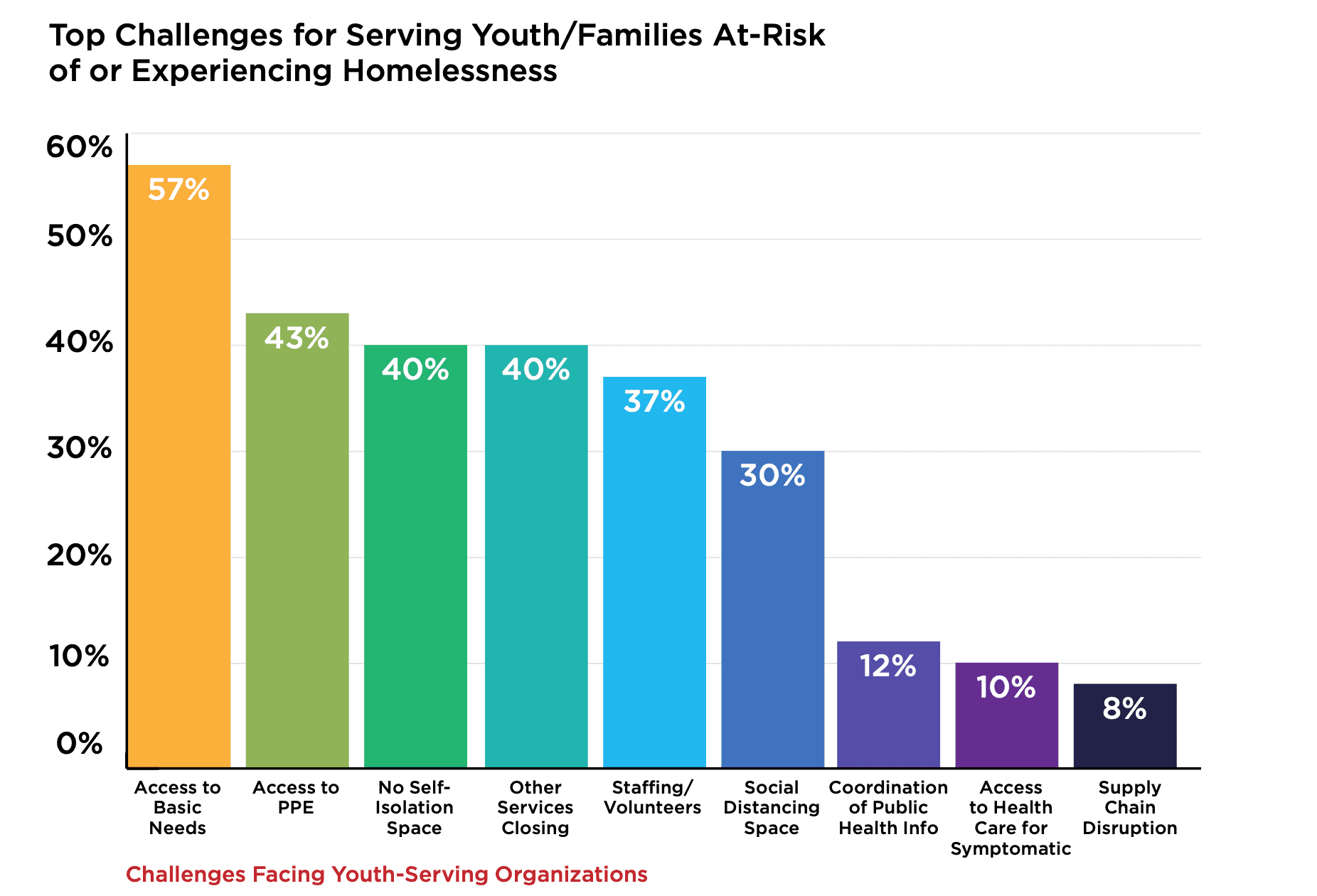Canada has long been considered one of the healthiest countries in the world. However, within Canada certain groups tend to be healthier than others. These health inequalities can be partially explained by the Social Determinants of Health (SDH). SDH are socio-economic factors that positively or negatively impact health. The Government of Canada lists 12 SDH, that include income, gender, race and racism, childhood experiences, and education. These factors are all interlinked and speak to a complex web of factors that impact our health and well-being as individuals and as a community.
The most important SDH is income as it acts as a proxy for many other SDH, and can take into account education, age, and experiences of discrimination or racism. Our health can be impacted directly the struggles associated with being in poverty. Those in low-income households are less likely to participate in physical activity, use green-spaces, or be able to afford healthy or adequate food. Because people in poverty often lack the means to participate in society, they are often socially isolated. The stress experienced from poverty can lead to impacts on our ability to make decisions, and even degrade family or neighborhood cohesion. It comes as no surprise then, that Canadians in the lowest income group are three to four times more likely than those in the highest income group to report poor mental health.
Knowing the dire impacts that poverty might have on health, it is important to examine who is more likely to be low-income. According to the latest data released from Statistics Canada, you are more likely to be low-income if you are younger, live in a lone-parent household, or are a single adult. Doing a deeper dive, women are on average at higher risk of being low-income compared to men.
Another key SDH is the role of race, racism, and culture. A 2013 Canadian study suggests that experiences of discrimination increase the risk of poor health and chronic disease, and that Black and Indigenous Canadians are far more likely to experience discrimination. According to the 2016 Census, those who identify as “Aboriginal” are 2.1 times more likely to be low-income compared to those who are not. In the past decade, Indigenous groups have experienced worse labour force participation outcomes than those who are not Indigenous. Similarly, visible minority groups are 1.8 times more likely to be low-income, although prevalence decreases as immigrants settle, have children, and find work. In Edmonton, unemployment rates for Black women and men are nearly two times higher than the rates for their (non-racialized?) counterparts in the rest of the population. The gap in median annual wages between Black women and women in the rest of the population is under $10,000, whereas the gap between Black men and men in the rest of the population is over $22,000.
Untangling the social determinants of health and addressing their root causes requires a drastic reordering of how we govern and treat one another. Steps to decolonize our health care system and increase awareness and training on how to be anti-racist are critical steps in moving towards eradicating health inequalities. Government transfer programs, such as a Universal Basic Income, may have potential in addressing poor health as it relates to income. A basic income would guarantee that everyone, regardless of their work status, could meet their basic needs and live in dignity. The Canadian federal government has recently identified basic income as one of its top policy priorities. Stay tuned for more details closer to home via the Basic Income Campaign for Alberta.
[/et_pb_text][/et_pb_column][et_pb_column type=”1_4″ _builder_version=”4.7.4″ custom_padding=”0px|20px|0px|20px|false|false” border_color_left=”#a6c942″ custom_padding__hover=”|||”][et_pb_testimonial author=”Posted by:” job_title=”@ET-DC@eyJkeW5hbWljIjp0cnVlLCJjb250ZW50IjoicG9zdF9hdXRob3IiLCJzZXR0aW5ncyI6eyJiZWZvcmUiOiIiLCJhZnRlciI6IiIsIm5hbWVfZm9ybWF0IjoiZGlzcGxheV9uYW1lIiwibGluayI6Im9uIiwibGlua19kZXN0aW5hdGlvbiI6ImF1dGhvcl93ZWJzaXRlIn19@” portrait_url=”@ET-DC@eyJkeW5hbWljIjp0cnVlLCJjb250ZW50IjoicG9zdF9hdXRob3JfcHJvZmlsZV9waWN0dXJlIiwic2V0dGluZ3MiOnt9fQ==@” quote_icon=”off” disabled_on=”on|off|off” _builder_version=”4.7.4″ _dynamic_attributes=”job_title,portrait_url” _module_preset=”default” body_text_color=”#000000″ author_font=”||||||||” author_text_align=”center” author_text_color=”#008ac1″ position_font=”||||||||” position_text_color=”#000000″ company_text_color=”#000000″ background_color=”#ffffff” text_orientation=”center” module_alignment=”center” custom_margin=”0px|0px|4px|0px|false|false” custom_padding=”32px|0px|0px|0px|false|false”][/et_pb_testimonial][et_pb_text disabled_on=”on|off|off” _builder_version=”4.7.4″ _dynamic_attributes=”content” _module_preset=”default” text_text_color=”#000000″ header_text_align=”left” header_text_color=”rgba(0,0,0,0.65)” header_font_size=”20px” text_orientation=”center” custom_margin=”||50px|||” custom_padding=”48px|||||”]@ET-DC@eyJkeW5hbWljIjp0cnVlLCJjb250ZW50IjoicG9zdF9jYXRlZ29yaWVzIiwic2V0dGluZ3MiOnsiYmVmb3JlIjoiUmVsYXRlZCBjYXRlZ29yaWVzOiAgIiwiYWZ0ZXIiOiIiLCJsaW5rX3RvX3Rlcm1fcGFnZSI6Im9uIiwic2VwYXJhdG9yIjoiIHwgIiwiY2F0ZWdvcnlfdHlwZSI6ImNhdGVnb3J5In19@[/et_pb_text][/et_pb_column][/et_pb_row][/et_pb_section]
